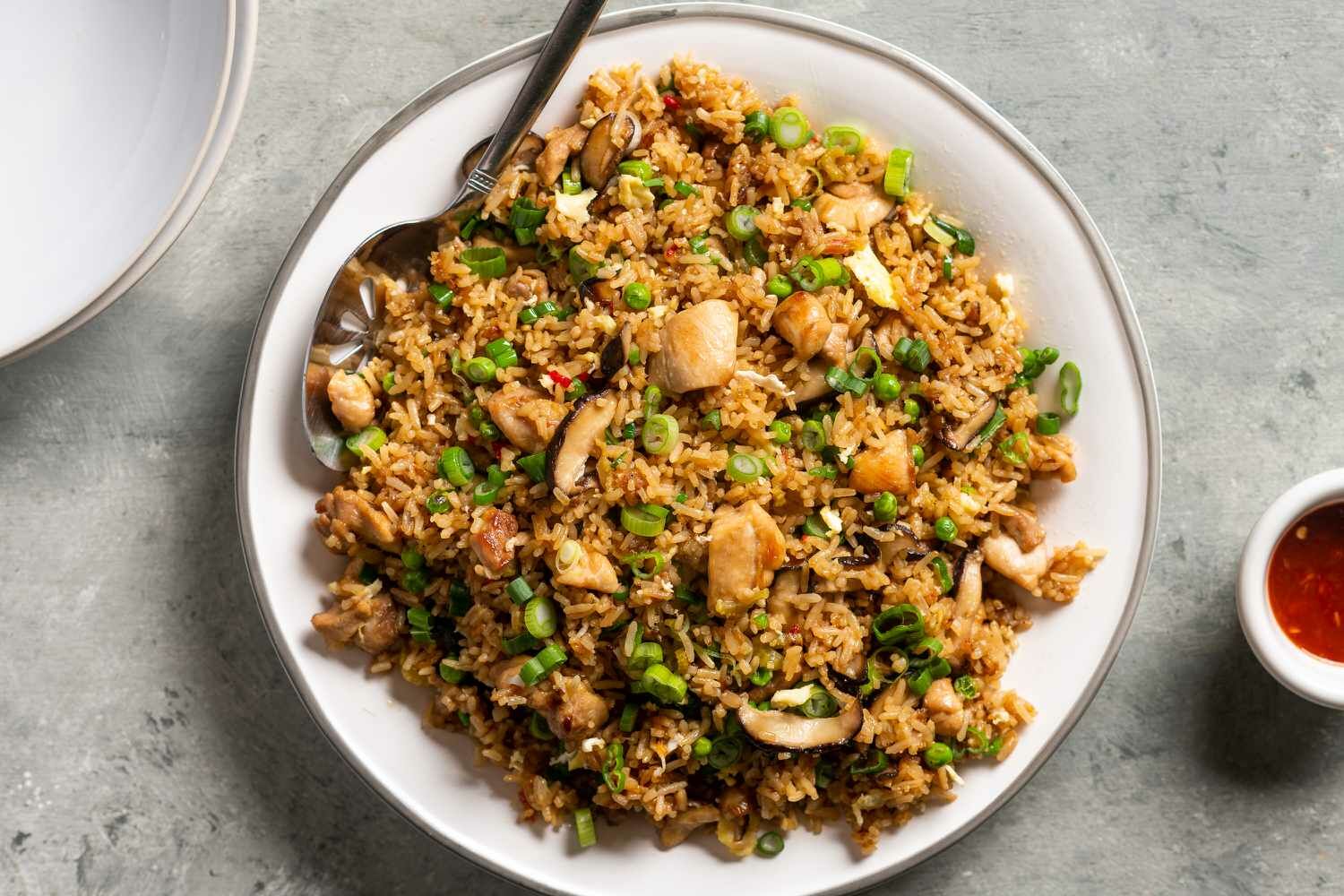Thai rice faces sticky situation as Vietnamese rice steals the show

Rice exporters are sounding the alarm over the possible disappearance of local Thai rice varieties, as farmers increasingly switch to a Vietnamese strain celebrated for its soft texture.
Charoen Laothamatas, President of the Thai Rice Exporters Association, raised concerns about the dire state of the industry. Production of beloved Thai varieties like Pathum Thani fragrant rice and KB 79 has plummeted, with the Vietnamese Khao Hom Phuang, or jasmine 85, taking their place due to its impressive yield and rapid growth, said Charoen.
“Up to 80% of the packaged rice sold in Thailand is Vietnam’s Khao Hom Phuang, causing Pathum Thani fragrant rice to almost disappear from the market because the former offers a higher yield of 1,200-1,500 kilogrammes per rai, a shorter harvesting period of only 90-100 days, and it can be grown year-round.
Pathum Thani fragrant rice yields 800-900 kg per rai, has a harvest period of four months and can be grown only once a year. Farmers are also expected to reduce their cultivation of hom mali rice in favour of white rice, which can be grown twice a year and yields more.
“Thailand does not produce enough rice grains to meet farmers’ needs and consumer preferences. That causes them to seek foreign rice varieties, especially Vietnamese and Chinese varieties, whose governments provide continuous support for R&D.”
Charoen urged the Rice Department to expedite research and development (R&D) efforts to create new rice varieties that offer higher yields per rai, aiming to reduce production costs.
Regulations
Additionally, he called on the Agriculture and Cooperatives Ministry to amend regulations to allow farmers to cultivate foreign rice varieties alongside local ones, enabling the development of improved Thai rice varieties.
The government must urgently focus on the development of the Thai rice industry to create varieties that align with market demand, Charoen stressed.
Vietnam has successfully shifted towards producing high-quality rice for export, such as soft-textured rice with a lower selling price, which adds value compared to Thai hom mali rice.
The US Department of Agriculture projects that India will remain the largest rice exporter in 2025, followed by Vietnam and Thailand. Charoen warned that Thailand’s share among the major rice exporting countries could diminish if no action is taken to address this issue, reported Bangkok Post.
In the case of parboiled rice, Thailand is losing its export market to India. Currently, Thailand primarily exports white rice, which still finds markets in Iraq, Indonesia, and some African countries, Charoen mentioned.
Latest Thailand News
Follow The Thaiger on Google News:


























